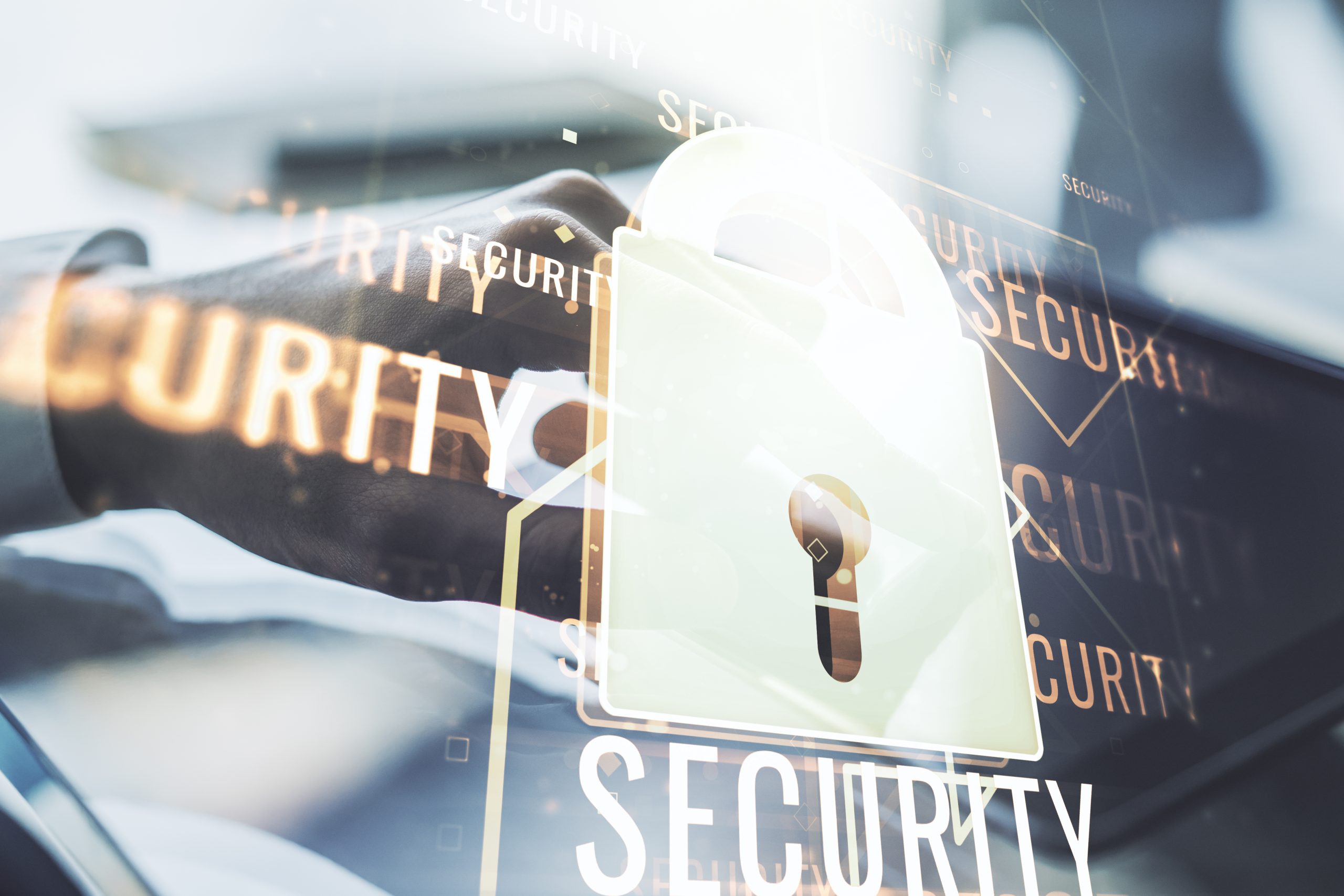Introduction
In a world where counterfeiting is on the rise, security labels can play a key role. They’re not just stickers that are slapped on a product, they’re the first defence against fraud. Whether you’re a manufacturer, retailer or consumer, understanding the different security label types is the first step to knowing what solution will work for you.
In this article, we explore security labels; how they work, why they help protect authenticity and how to choose the right type. So let’s get your products and brand reputation protected.
Understanding Security Label Types
Purpose and Importance
Security labels are far more than product markers – they are combat tools against fraud. They are the main defence against the risks and costs of counterfeit goods for manufacturers, retailers and consumers. These labels serve several purposes; product authenticity, brand credibility, quality compliance and consumer trustworthiness. For example, seeing that holographic security label on a branded perfume makes consumers think the product is real and they are getting what they paid for.
Simply put – it’s about protection. Having the correct security labels in place helps protect companies’ financial interests, brand reputation and customer satisfaction. For consumers, security labels assure genuine purchasing. It’s all part of the ongoing fight against counterfeiting.
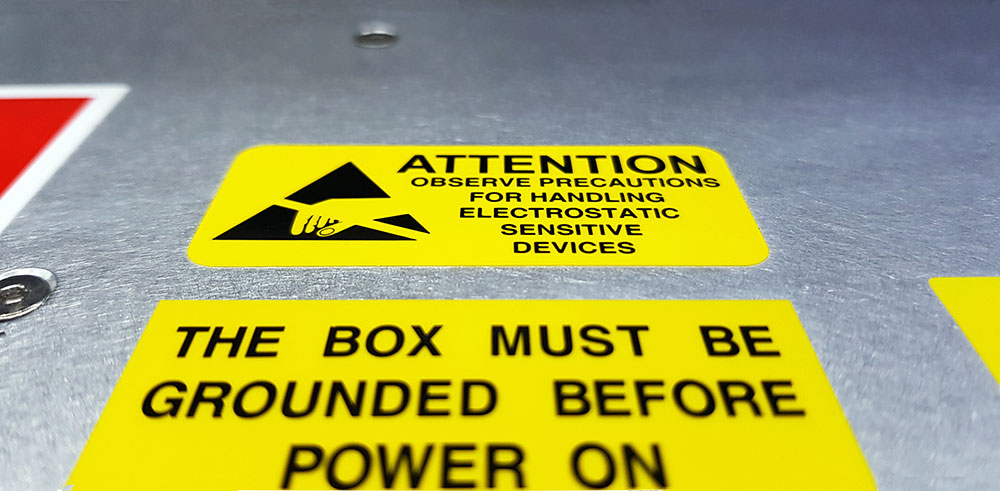
Various Materials Used
The material selection in security label production often depends on the nature of the product, packaging requirements, and environmental factors. However, some commonly used materials include synthetics such as polypropylene (PP), polyethylene (PE), polyester (PET), and Polyvinyl Chloride (PVC).
Polypropylene (PP)
A durable, recyclable thermoplastic commonly used for labels due to its resistance to water, oil, chemicals, and tearing, making it ideal for various indoor and outdoor applications.
Polyethylene (PE)
A flexible, breathable material with excellent moisture and heat resistance, ideal for outdoor applications and labels on curved or expandable surfaces, though it can be more expensive, harder to cut, and prone to tearing.
Polyester (PET)
Tough and durable, offering excellent outdoor, chemical, and heat resistance with strong dimensional stability and tensile strength, making them ideal for various applications, including flame-retardant uses like electric cable labelling.
Polyvinyl Chloride (PVC)
A rigid, water- and chemical-resistant vinyl often used for outdoor and industrial labels, but it’s criticised for its environmental impact, as it is non-renewable and can release harmful chemicals when disposed of, unlike recyclable polypropylene (PP) labels.
Aiding brands to ensure product security, these materials are pivotal in label selection, ultimately shaping the resistance against counterfeiting in their respective marketplace.
At Anglia Labels we have a diverse range of machinery and techniques that provide many variable options when it comes to creating security labels.
This section of our site looks into more detail about the different materials we can print on…
And don’t forget to call one of our experienced team if you need help with specific queries. They have years of experience that can help you navigate the often complicated choice range of options available.
Categories of Security Labels
We present an in-depth exploration of various security labels that play an integral part in fortifying the authenticity of products. The categories of security labels can be predominantly classified into three types; Tamper-Evident Labels, Void Labels, and Destructible Vinyl Labels.
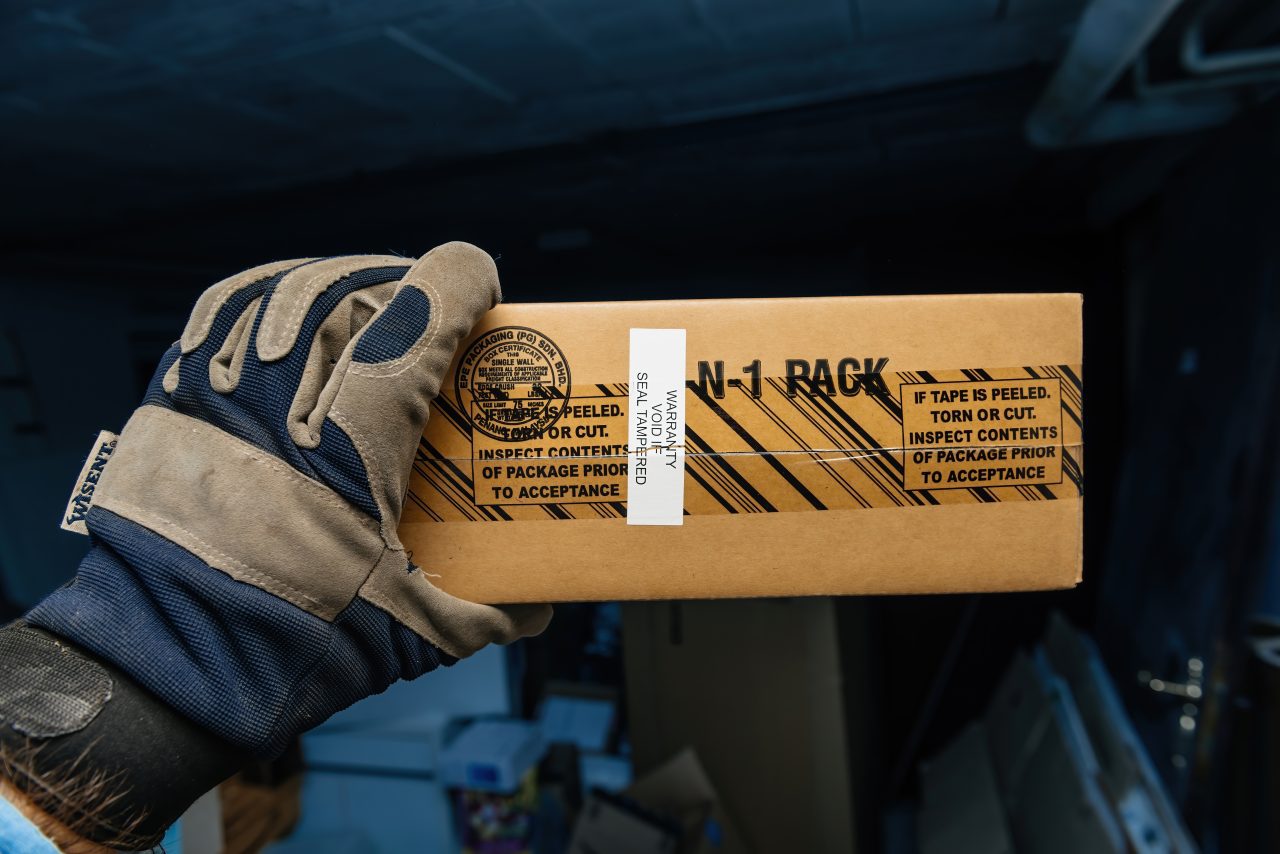
Tamper-Evident Labels
Tamper-Evident Labels, as indicated by the title, expose tampering attempts on products. These labels, when removed, leave a permanent, high-visibility mark on the packaging and can’t be re-sealed or reused. They’re typically applied to electronics, pharmaceuticals, and sensitive documents, where tampering could lead to serious consequences.
There are also low-level tamper-evident label options. These are increasingly common in the food and drinks industry. They are labels on the sides of boxes or placed on the stoppers and necks of bottles. They offer a seal that shows the product has not been opened. Many companies, particularly in the food and drinks industry are using these solutions to enhance brand packaging. Their versatility means that creative designs and styles can be easily applied.
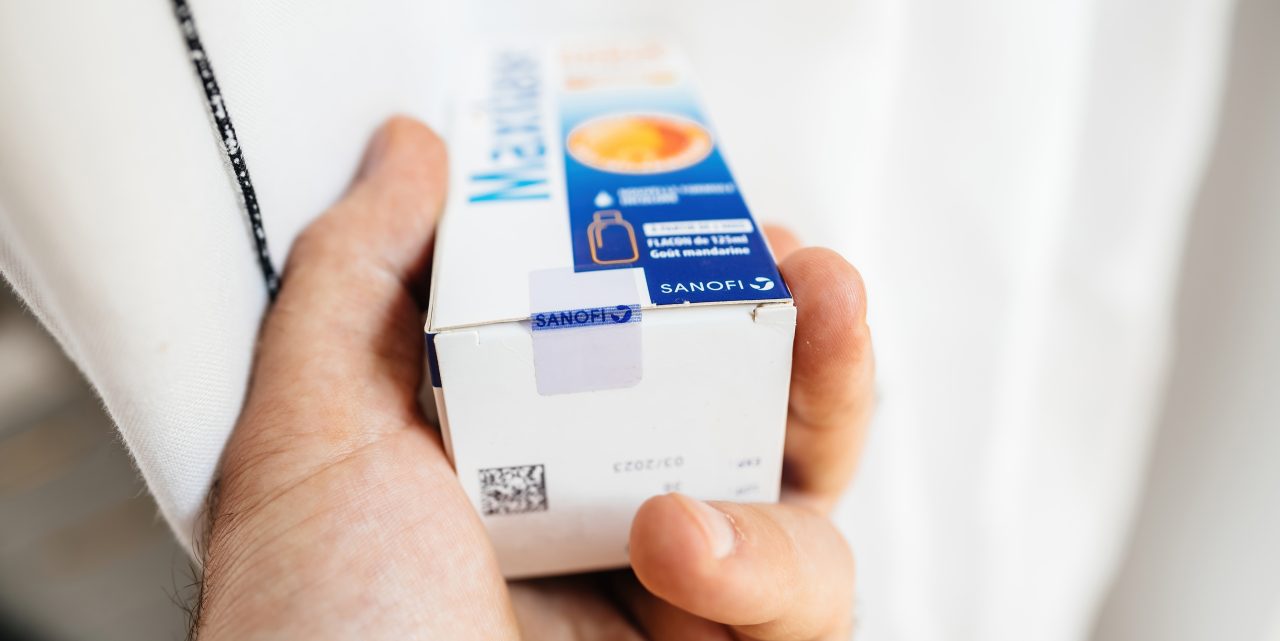
Void Labels
Void Labels bring another level of security to the forefront. If removed, these labels leave a text pattern, commonly ‘VOID,’ on the product’s surface, thereby indicating any interference attempt. Often utilised in electronics and high-value item packaging, Void Labels play a crucial role in preserving the integrity of parcels and preventing potential counterfeit scenarios.
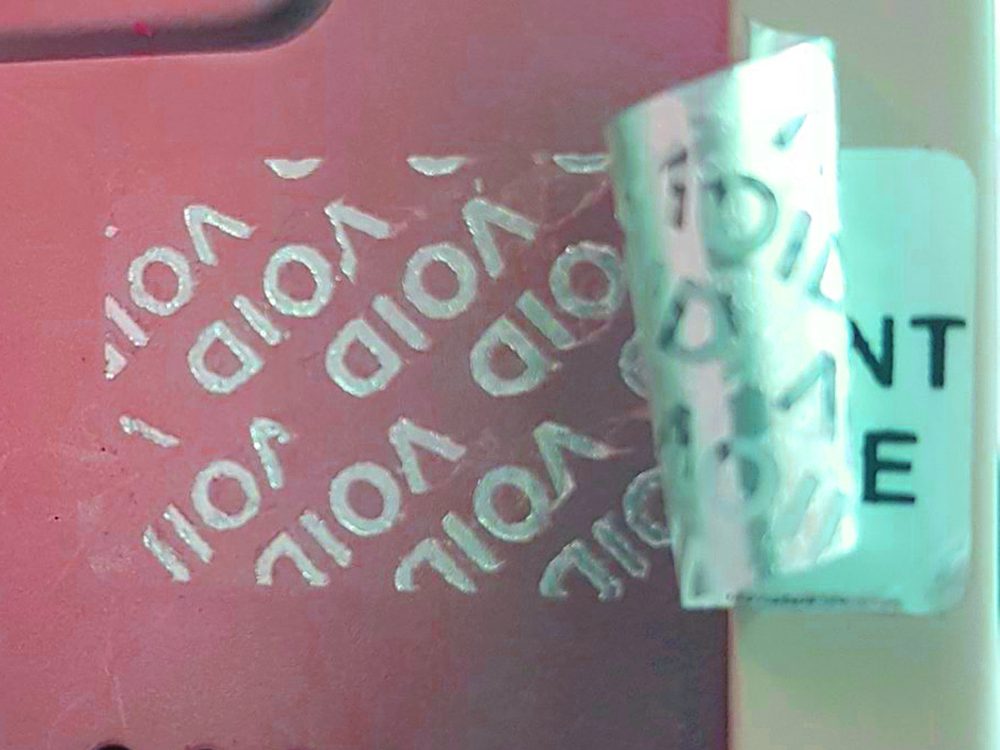
Destructible Vinyl Labels
Destructible Vinyl Labels offer a potent solution for the protection against re-labelling and swapping. With their distinctive characteristic of breaking apart into tiny pieces upon removal attempts, these labels make it nearly impossible to reapply the label on another product. Often found on devices like laptops or industrial equipment, they firmly establish the originality of products and deter fraudulent activities.
Each category of labels caters to specific requirements and threats. While their functioning differs, their common objective remains the same – to guard the products against counterfeiting and establish their authenticity unequivocally. Take a look at this page. It has good examples of the security label solutions we have provided and looks into a little more depth at the different types of solutions we offer.
Features to Consider When Choosing Security Labels
Having looked at the essential role of security labels and looking into the different types, it’s then a case of choosing the right one for your specific needs. In the selection process, several features come into play.
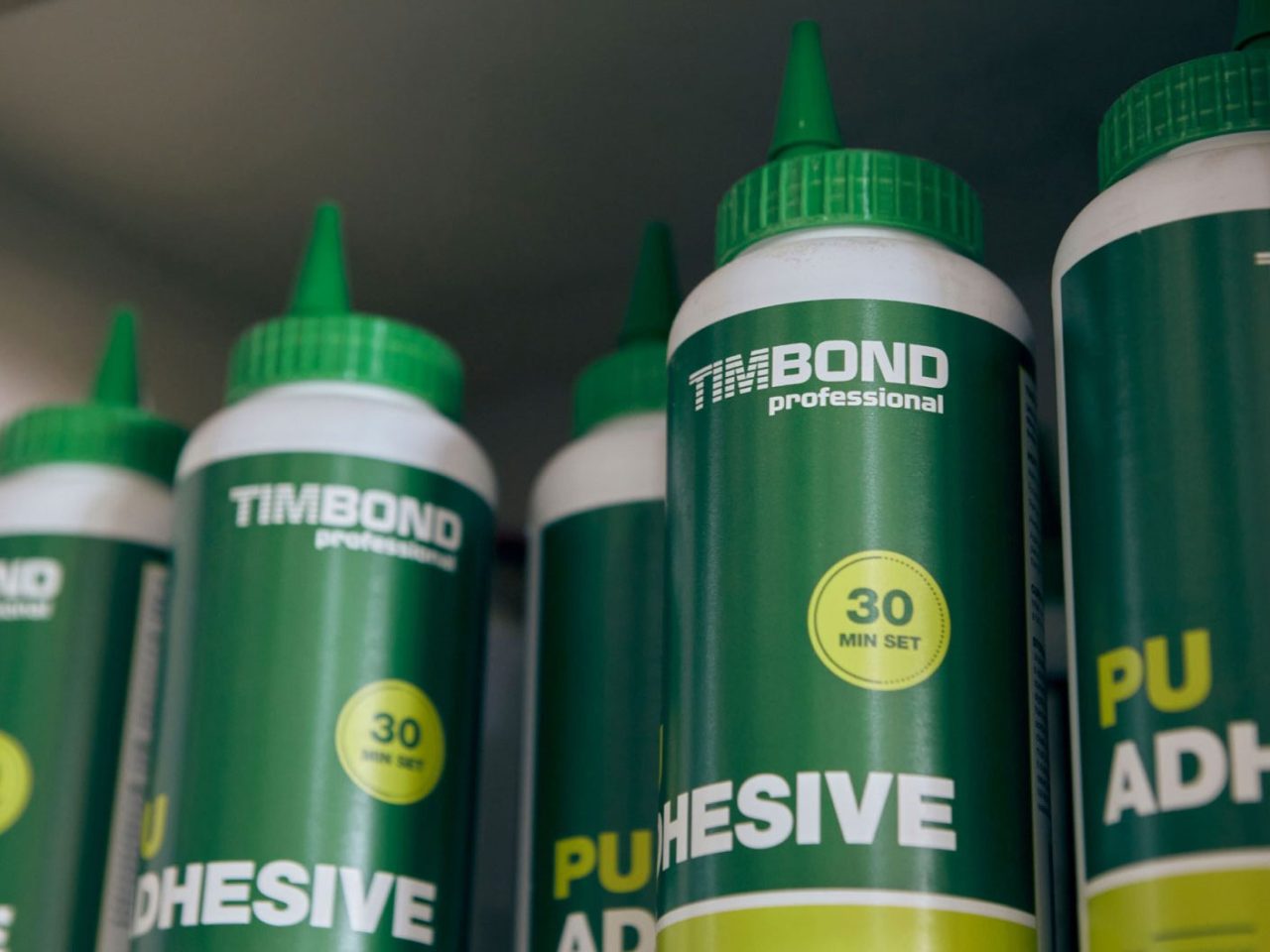
Adhesive Strength
The effectiveness of a security label lies heavily in its adhesive strength. It’s a crucial feature determining whether the label provides secure, long-lasting attachment. Strong adhesion discourages potential tampering and counterfeiting attempts, thwarting any unauthorised removal!
Different materials and surfaces require various adhesive strengths. For example, rough surfaces require strong adhesive labels. In contrast, labels for delicate or valuable items may require less aggressive adhesives. Always select an adhesive strength that is optimal for your product’s material and anticipated environmental exposure.
This is often a technical subject so if you need help, then don’t forget that at Anglia Labels we have a dedicated team on hand with many years of experience in this field. Choosing the right adhesive strength is not as straightforward as you might think!
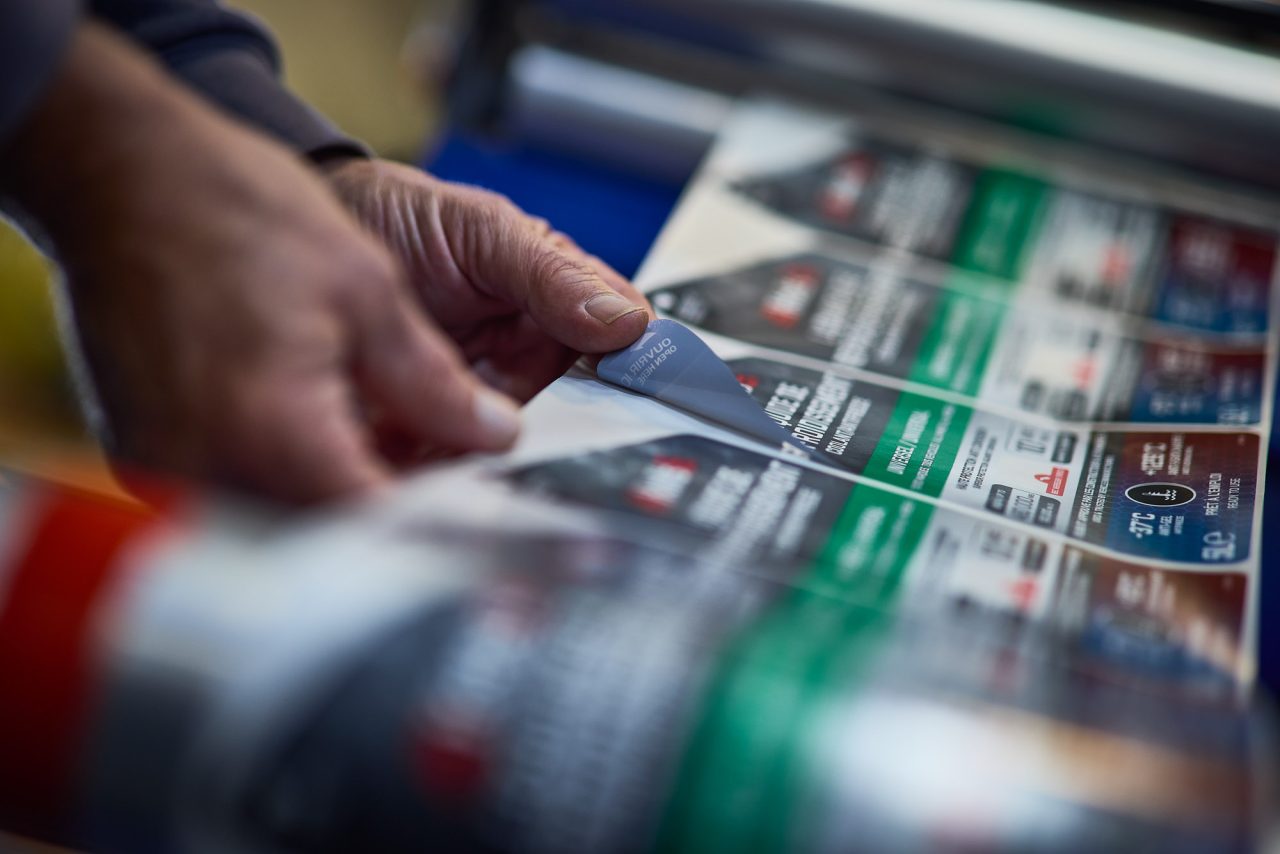
Durability Against Elements
Security labels must withstand various environmental elements without compromising their performance or integrity. This could include exposure to severe temperatures, moisture, or rough handling during transport. For instance, labels used in outdoor environments or on export goods must exhibit excellent durability. Assess the conditions your product is likely to face, from manufacturing to consumer handling. Furthermore, determine whether your label will need to resist conditions like UV radiation, chemicals, water or abrasion.
Take a look at this page where we look in a bit more detail at the durable options available with examples of labels we have produced with requirements.
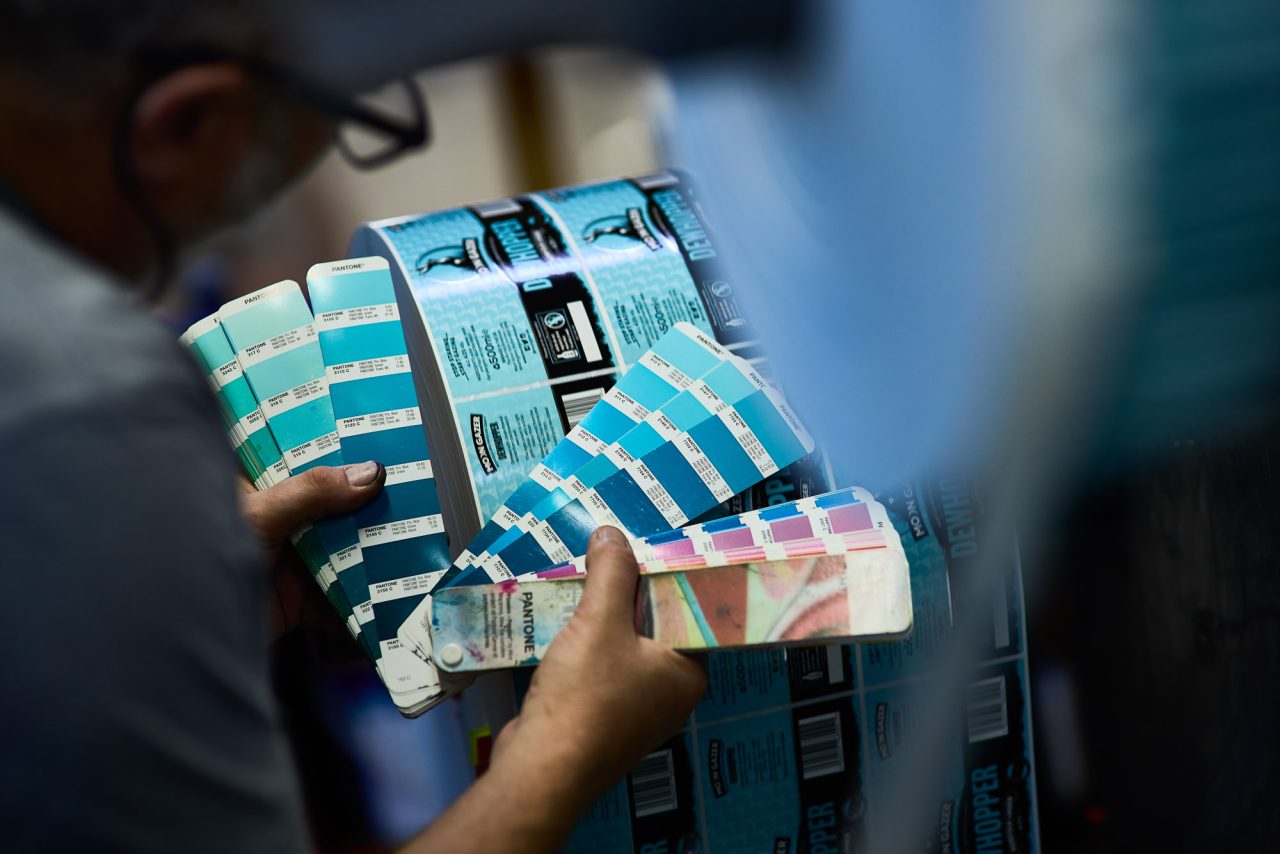
Customisation Options
Further increasing the effectiveness of security labels is the ability to customise them. This incorporates aspects such as company branding, variable information, or specific security elements like holographic images and barcodes.
Customisation increases brand visibility and enhances customer confidence in product authenticity, while also offering an additional layer of security. The options are limitless. At Anglia Labels we get to know our clients’ objectives so we can help narrow down the many customised or bespoke label options available.
Industry Applications for Security Labels
To preserve product integrity and ensure consumer trust, different industries have unique requirements for security labels. It’s crucial to consider industry-specific factors such as storage environments, product usage, and legal regulations. Below, we’ll discuss applications of security labels in three prominent industries: retail, pharmaceuticals, and electronics.
Retail
In the bustling retail industry, theft and counterfeiting pose significant threats. Security labels, particularly Tamper-Evident Labels and Void Labels, serve critical roles in defending products against these threats. For instance, clothing brands often use security labels with strong adhesive properties that stick firmly to fabric materials. When someone attempts to remove the label, pre-designed patterns become visible, alerting retail staff to potential theft.
High-value items like designer handbags and luxury watches require additional security measures. Brands often opt for Destructible Vinyl Labels, which break apart upon attempted removal, making it impossible to reapply them on counterfeit products. The customisation options for these labels also allow brands to incorporate their logo or other branding elements, enhancing visibility and further guaranteeing authenticity.
Pharmaceuticals
Product tampering and falsification risks are particularly high for pharmaceuticals. Health implications, alongside stringent industry regulations, necessitate comprehensive security. Security labels in this industry not only deter tampering but also enforce traceability of medications—from manufacturing to end-user.
Tamper-evident labels play an essential role as they offer visible signs of tampering through void patterns or broken seals. For instance, medicine bottles often feature a security label that breaks apart or reveals a “void” message upon removal. This helps pharmacies and consumers identify if the product has been compromised. In addition, custom security elements like holographic images are added to labels in the pharmaceutical industry for added security. An instance of this can be seen in the case of Pfizer, which uses complex holographic images on its vaccine vials to assure consumers of the product’s authenticity.
Electronics
Electronic equipment is often high-value and in demand, making it a prime target for counterfeiting. Digital camera batteries are a good example. Security labels for such goods need to withstand varying storage and shipping conditions whilst offering robust protection against fraud. These labels often have strong adhesive properties and durability against environmental factors like temperature and moisture.
Destructible vinyl labels and tamper-evident labels are popular choices in the electronics industry, not only for their durability but also for their irreversible tamper indications. Brands often customise these labels with branding details, serial numbers, or barcodes to track and authenticate their products throughout the supply chain.
Overall, security labels provide an effective and versatile solution to the growing issue of product tampering and fraud, offering essential support to industries such as retail, pharmaceuticals, and electronics.
Innovations in Security Label Technology
As we look into the realm of digital upgrades within various industries, labelling security labels aren’t lagging behind. Innovative technologies are emerging, fuelling their effectiveness, durability, and reliability.
Smart Labels and IoT Integration
The advent of smart labels represents one of these trends. Integrated with technologies, such as Radio Frequency Identification (RFID), these innovative labels move beyond standard tracking capabilities. They leverage the Internet of Things (IoT) to share real-time, invaluable asset data across varied digital platforms. For instance, pharmaceutical companies can monitor and regulate the temperature of medical supplies during transport. Retailers can manage inventory more effectively, optimising stock levels, and reducing losses due to misplaced items.
Furthermore, these smart labels carry considerable potential for enhancing consumer experiences. Embedded quick response (QR) codes can provide consumers with product details, authenticate purchases, and even facilitate interactive marketing strategies, leading to increased brand engagement.
Anti-Counterfeiting Measures
In addition to smart labels, higher levels of sophistication are evident in the latest anti-counterfeiting measures. Anglia Labels can offer multi-layered holographic labels and microtext labels, among others, to make replication attempts more challenging. For instance, multi-layered holographic labels incorporate multiple images or patterns viewable from different angles, thus increasing their resilience against counterfeiting attempts.
There is more detailed information on this page https://www.anglialabels.co.uk/solutions/security-labelling/
Moreover, certain anti-counterfeit labels sport guilloche patterns, and intricate designs of interlaced, fine lines that are exceptionally hard to replicate. Security labels such as these make duplication attempts an elaborate, resource-intensive task for fraudsters. Consequently, this can significantly reduce the risk of counterfeiting, safeguarding businesses and consumers alike from fraudulent activities.
Hence, advancements in security label technology are creating more robust deterrents to counterfeiting and product tampering. They’re not only delivering powerful tools for businesses to secure products but also empowering customers with information and trust. To put it simply, the protective labels of today are far more than mere sticky-paper tags! They are technological solutions to enhance product security.
Conclusion
We’ve read how security labels help protect product integrity across sectors. Different types of labels meet different industry needs. Innovations go beyond protection. They’re about empowering consumers with real data and building trust. Security labels have moved beyond the physical tag and are now used to combat counterfeiting and tampering. They’re a good example of how security and information go together in today’s digital world.
Frequently Asked Questions
- Security labels verify product authenticity and prevent tampering. They are integral to industries such as retail, pharmaceuticals, and electronics to ensure the product’s integrity and safety.

